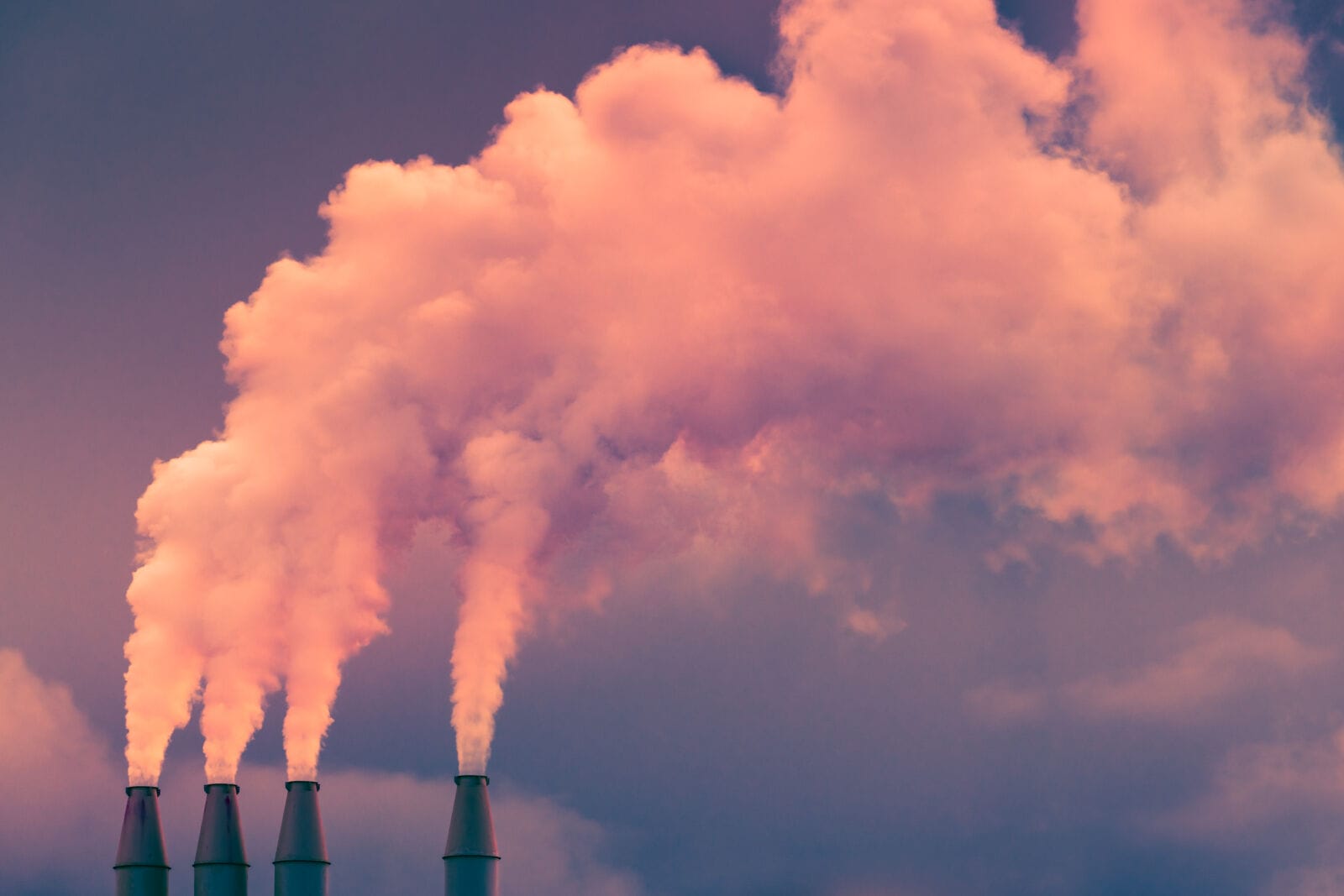During her first State of the State address on Jan. 9, 2023, Gov. Katie Hobbs announced the re-establishing of the Governor’s Energy Office under a new moniker: the Governor’s Office of Resiliency, with a focus on water, energy and land use solutions. Climate-related challenges are affecting the state, and Hobbs stresses that “we are in a critical moment where we must be unified.” Public policy has an important role to play, but so does technological innovation. Arizona is home to a growing climate tech ecosystem that leverages human ingenuity to reduce and slow the effects of climate change through the removal of carbon dioxide from the atmosphere using direct air capture technology.
“This issue does not stop at state or international borders,” Hobbs says. “We will all thrive together in the future, or we will all be left with the catastrophic results of our failures.”
Chris Camacho, president and CEO of the Greater Phoenix Economic Council (GPEC), notes that the nomenclature around this sector can be confusing, with “clean tech” encompassing everything from water technology advancements to renewable energy. Climate tech, however, is a more targeted term for technologies related CO2 removal and sequestration.
“Phoenix should be one of the places around the world that has an advanced clean tech and climate technology hub,” Camacho says. “I’m talking to our public policy makers about how we create proving grounds for this technology, whether it’s through capturing water molecules from the air to create new water sources, capturing carbon out of the air and infusing that into concrete, or developing better energy storage technologies so that we can more solar fields to support this growth on the power grid we’re experiencing.”
Distinguishing Arizona as a nexus for these innovations takes a multifaceted approach that will require policy both at the federal and state levels. Many of these technologies are capital-intensive, which makes the benefits of doing business in Greater Phoenix — low natural disaster risk, power reliability, and a favorable tax and policy environment — even more desirable.
LEARN MORE: How Greater Phoenix is nurturing a blossoming biomedical ecosystem
Mark Paratore, vice president of business at GPEC, adds that there is a continued need for investors to see climate tech as an option to diversify their portfolios. Local private capital and funds such as AZ Climate Ventures help make the region competitive, especially in areas where the Infrastructure Investment and Jobs Act and the Inflation Reduction Act don’t cover.
“We have to create an identity that we are easy to work with as a state to support the testing and validation of these novel technologies and bringing their capital to Arizona,” Camacho says. “How do we become a place that generates new intellectual property, new company formation and ultimately generates wealth for our citizens?”
Direct air capture
To create products that will stymie climate change, significant research is required to make solutions that are both effective and affordable. Arizona State University’s (ASU) Center for Negative Carbon Emissions (CNCE) is one of the institutions doing this work, developing technologies and policies that reduce the concentration of carbon dioxide in the atmosphere, according to Matthew Green, associate professor at ASU and director of the CNCE.
“We have a multi-tiered research thrust,” he explains. “We are investigating new materials, so we’re in the lab doing chemistry and tinkering with molecules.”
Many of the materials utilized for these new technologies are often fossil fuel derived, so part of CNCE’s work is finding ways to create a new material class to reduce overall waste.
“We’re trying to engineer recyclability in from the get-go,” Green says.
The other major function of CNCE is to design new carbon capture systems. The technology has existed for more than 100 years in the form of point source capture, where a scrubber system is placed over a source that is emitting carbon dioxide. Direct air capture technologies, however, pull carbon dioxide directly from the atmosphere.
One of these systems is called the Mechanical Tree, designed by the CNCE’s founding director Klaus Lackner and licensed to a company called Carbon Collect. Unlike some other direct air capture systems, the Mechanical Tree does not require forced air movement, which reduces energy consumption. The name of the product, Green explains, reflects the fact that one unit captures the same amount of CO2 as 1,000 trees.
“It’s a cylindrical system composed of a stack of disks,” he continues. “The easiest visualization is to think of it like a slinky. In its compressed state, all those disks are directly on top of each other. As you stretch the slinky, the spacing between the disks increases, and each of the disks supports a material that can capture carbon dioxide out of the air.”
The Mechanical Tree relies on wind to pass through capture the carbon dioxide, but the cylindrical nature of the design makes it agnostic to which direction the wind is blowing, meaning “we can rely on natural wind movements to deliver carbon dioxide all the way to the center of the tree,” Green says.
This is just one of the designs the CNCE is working on. Green notes that creating direct air capture systems depends on factors such as the location of deployment and what will be done with the CO2 once it has been captured.
“Are you integrating with a sustainable fuel production system? With an agricultural use, a biological use or injection for sequestration? All of those considerations affect the design of the system,” he notes.
Block-lite
Certain sectors, such as the concrete industry, have a massive carbon footprint but can mitigate its effect on the environment with the right application of technology. Ramón Alatorre, co-founder and director of the 4 Corners Carbon Coalition, says that companies are looking at replacing some of the inputs of their product with sand or biochar to use less overall concrete without significant impacts on performance.
Others, such as a company called CarbonBuilt, are finding ways to sequester carbon dioxide into the concrete itself. Part of the process of curing concrete blocks requires a steam chamber, but CarbonBuilt’s solution retrofits those chambers to use carbon dioxide instead.
“The carbon dioxide mineralizes into the concrete form and becomes incorporated into the structure of the block,” Alatorre explains.
Carbon dioxide can be bought in the marketplace, but Alatorre says that placing direct air capture machines on-site at the facility is the most environmentally friendly.
“That’s what will be happening at the Block-Lite facility [in Flagstaff],” he continues. “You’ll have a product that’s turned atmospheric carbon dioxide into a rock you can build foundations with.”
The partnership between CarbonBuilt, AirCapture and Block-Lite will be the first of its kind in the world and is estimated to reduce the carbon footprint of the facility by 50-100%. The system is expected to remove up to 3,000 metric tons of CO2 per year.
As promising as innovations are to addressing the issue of climate change, Alatorre cautions that climate tech is not a substitute for reducing greenhouse
gas emissions.
“We talk about a portfolio approach, the same way you wouldn’t buy just one stock for a retirement portfolio. The sector itself is in its early stages of figuring out what is going to be able to scale at the costs needed,” he concludes. “We have to make sure that harms aren’t created by relying on one solution that doesn’t fit certain geographies. We’re not expecting a silver bullet.”




